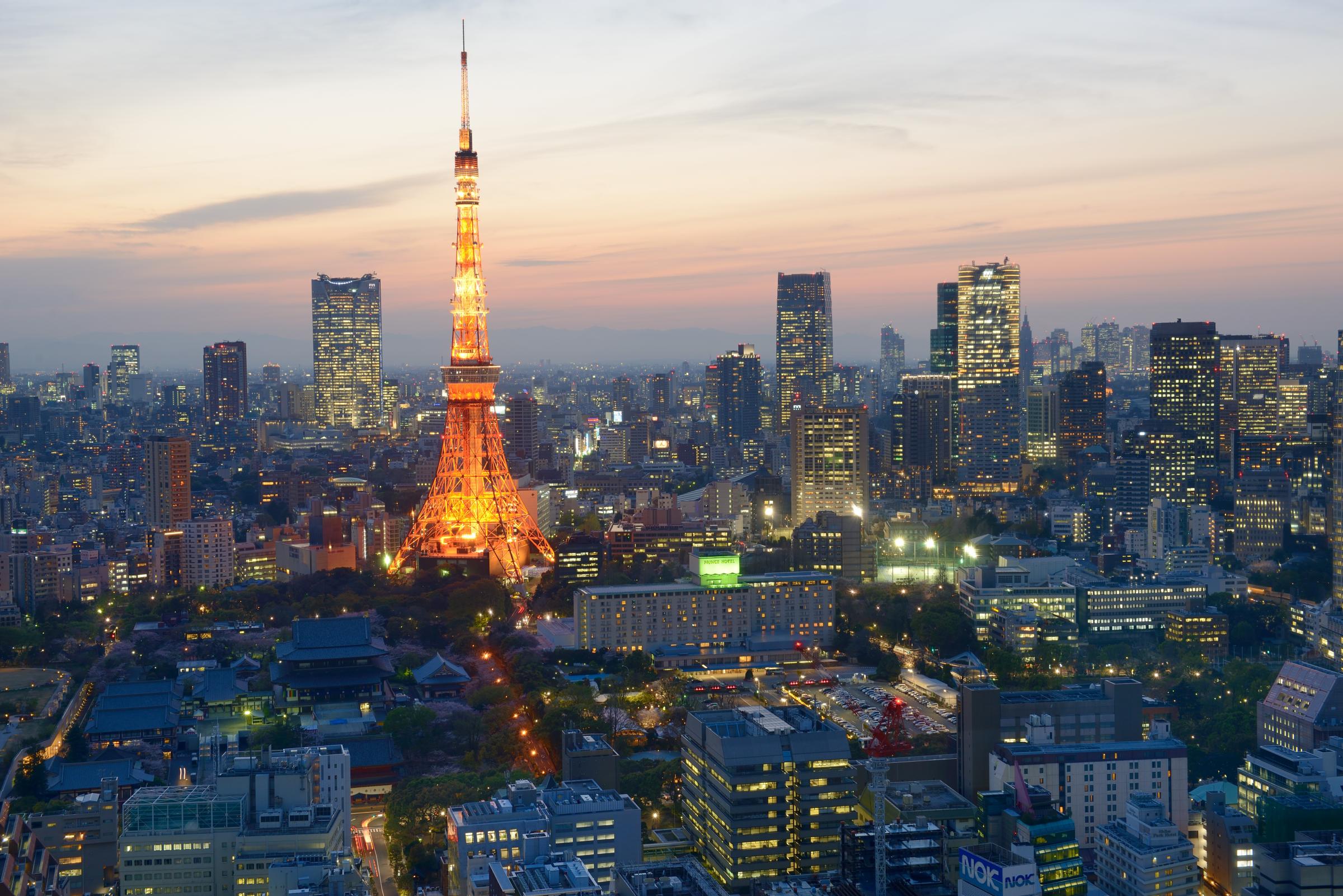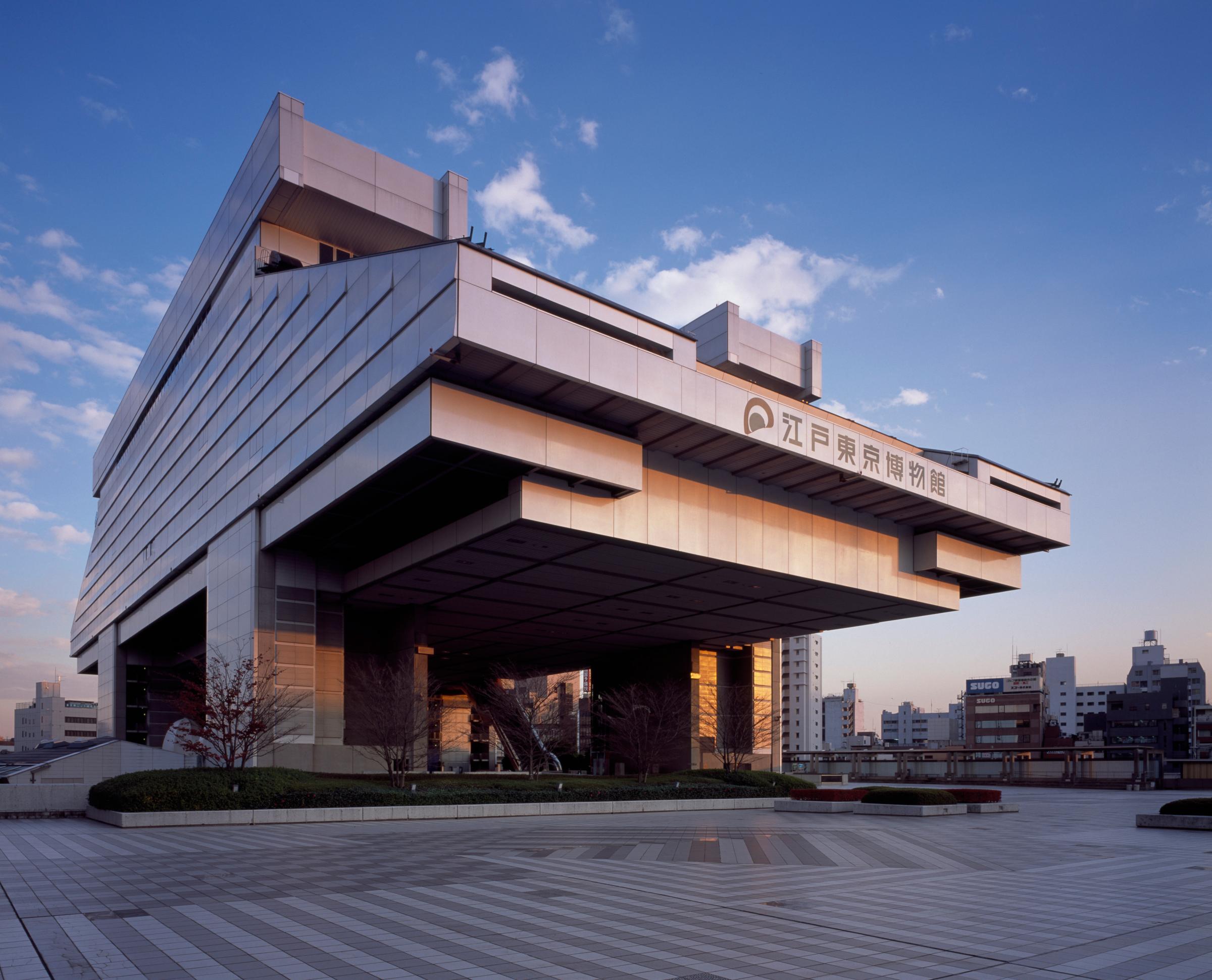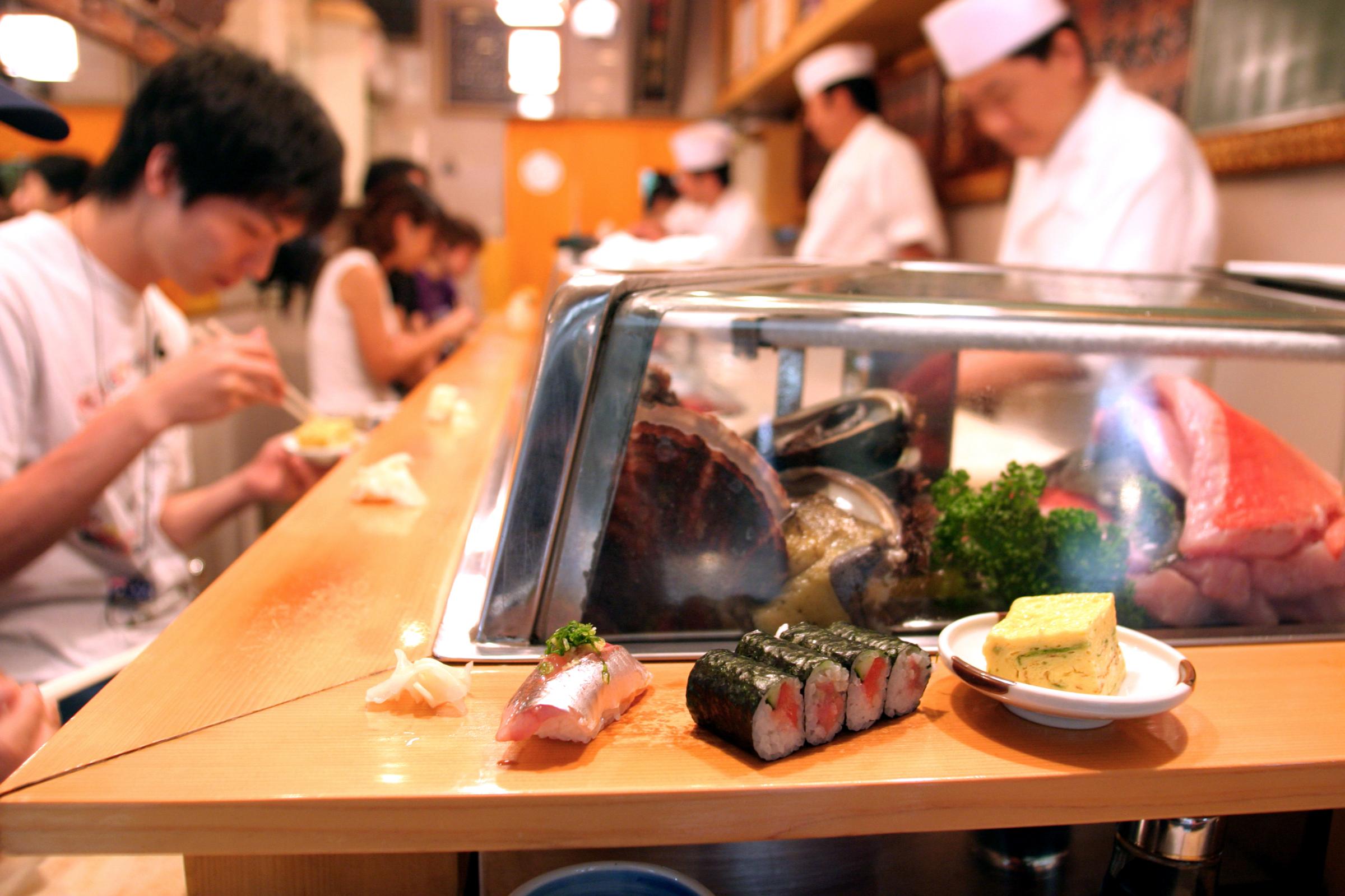
What is it about Tokyo that can make visitors feel as if the city belongs not in another country, but on another planet? Perhaps it’s the schizophrenia at the heart of what was once Edo—stately, tree-lined Omotesando giving way to the pinball frenzy of Shibuya, Tomorrowland Shinjunku meeting the timeless Meiji Jingu shrine. Tokyo contains multitudes, which we mean literally—the metro are is home to more than 35 million people, and on a muggy day in August you can feel nearly every one of them. Forget about navigating above ground—even the taxi drivers are dependent on GPS. But there is truly no other place on Earth—or elsewhere—like it, and those who can endure the over-stimulus will find themselves drawn back again and again.
What to see:
-Meiji Jingu (1-1 Yoyogi-Kamizono-cho, Shibuya-ku. Meijijingu.or.jp): Tokyo doesn’t have many green spaces, which is a serious problem for a recreational runner. So you can imagine my pleasure on one of my first days there when I found a shady green park not far from where I was staying in Shibuya. Just one problem: the park housed Meiji Jingu, one of the most important Shinto shrines in Japan, and the white-gloved Japanese policeman who began whistling furiously at me was not happy to see a sweaty gaijin lumbering into a sacred space. Provided you’re not working out, however, Meiji Jingu is a rare oasis of tranquility amid the constant buzz of Tokyo.

-Edo-Tokyo Museum (1-4-1 Yokoami, Sumida-ku; edo-tokyo-museum.or.jp): Today Tokyo is the center of Japan, home to about a quarter of the country’s population, but that reign is relatively recent. The city was founded in the 1600s as Edo, the seat of the shoguns (as opposed to the emperor, who reigned in Kyoto to the southwest). This museum details ordinary life in the city from the time of the shoguns through the firebombing during WWII to today, giving a sense of history to a city that sometimes seems to live in a perpetual present. As a bonus, the museum is located in the Ryogoku neighborhood, home to the main sumo-wrestling arena.
-Tokyo Skytree (1-1-2 Oshiage, Sumida-ku; www.tokyo-skytree.jp/en): Visitors who believe Tokyo is a vertically-aligned, Blade Runner-esque city of skyscrapers are surprised to find that most of the capital is made up of squat buildings rarely more than a few stories high. But that doesn’t mean there aren’t towers, and at 2,080 ft., the new Tokyo Skytree is the tallest freestanding tower in the world. While the top-viewing level is only 1,480 ft. above the ground, that’s more than enough height to get a view of Tokyo’s endless sprawl.
What not to see:

–Harajuku: The origin point of Japan’s youthquake, the Harajuku neighborhood was played out back when Gwen Stefani appropriated Japanese girl street style for her 2004 song “Harajuku Girls.” You can still check out the pedestrian-only Takeshita Dori if you want to find an overpriced designer T-shirt, but you’d be better off strolling nearby Omotesando, one of the few tree-lined boulevards in Tokyo.
Where to eat and drink:

-Sushi Dai (5-2-1 Tsukiji, Chuo): It may be clichéd, but you can’t go to Tokyo without stopping by the Tsukiji fish market, where the daily catch that will find its way to sushi plates around the city is auctioned off early in the morning. Get the freshest of the fresh at nearby Sushi Dai, where you’ll discover that raw fish makes for a surprisingly good breakfast.
-Gonpachi (1-13-11 Nishi Azabu, Minato-ku): If the cavernous Gonpachi looks familiar, that’s because it is said to have inspired the Tokyo restaurant where Uma Thurman slices through the Crazy-88s at the end of the first Kill Bill. But Gonpachi isn’t just about the scenery—it serves dressed up izakaya food, popular in Japanese pubs, and was good enough for former President George W. Bush when he visited Japan in 2002.
-New York Bar (Park Hyatt Hotel, 3-7-1 Nishishinjuku, Shinjuku): Tokyo is a barfly’s delight, with drinking establishments that range from back-alley beer joints to cocktail lounges where your whiskey comes with perfectly spherical balls of ice. The New York Bar is more the latter—you’ll recognize it from the 2003 film Lost in Translation—and it’s not cheap. But you can’t put a price on the view from the top of the Park Hyatt Hotel.
Where not to eat or drink:

-Roppongi: This seedy district has been the foreigner’s first stop in Tokyo since American occupiers set up shop there after World War II. Roppongi has its own kind of charm, if your thing is loud bars, expensive drinks and nights that end after sunrise. It’s not as dangerous as it’s often made out to be—though there are occasional reports of spiked drinks and inflated bar tabs—and the sheer frenzy of the neighborhood makes it worth visiting once. But only once.
Where to stay:

–Park Hyatt Hotel (Park Hyatt Hotel, 3-7-1 Nishishinjuku, Shinjuku): If you’re coming for the New York Bar, why not cut down the commute and stay a night? Possibly the price—even the least expensive rooms cost nearly $500 a day. But the Park Hyatt is the rare landmark in Tokyo—a city that has been lacking in great international hotels—that has stood the test of time, even before it was immortalized in film. And if you can swim, don’t miss a dip in the sky pool, on the 47th floor of the hotel, which has floor-to-ceiling windows overlooking the city.
More Must-Reads from TIME
- Cybersecurity Experts Are Sounding the Alarm on DOGE
- Meet the 2025 Women of the Year
- The Harsh Truth About Disability Inclusion
- Why Do More Young Adults Have Cancer?
- Colman Domingo Leads With Radical Love
- How to Get Better at Doing Things Alone
- Michelle Zauner Stares Down the Darkness
Contact us at letters@time.com